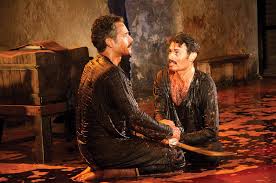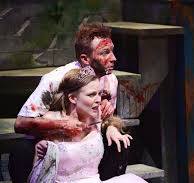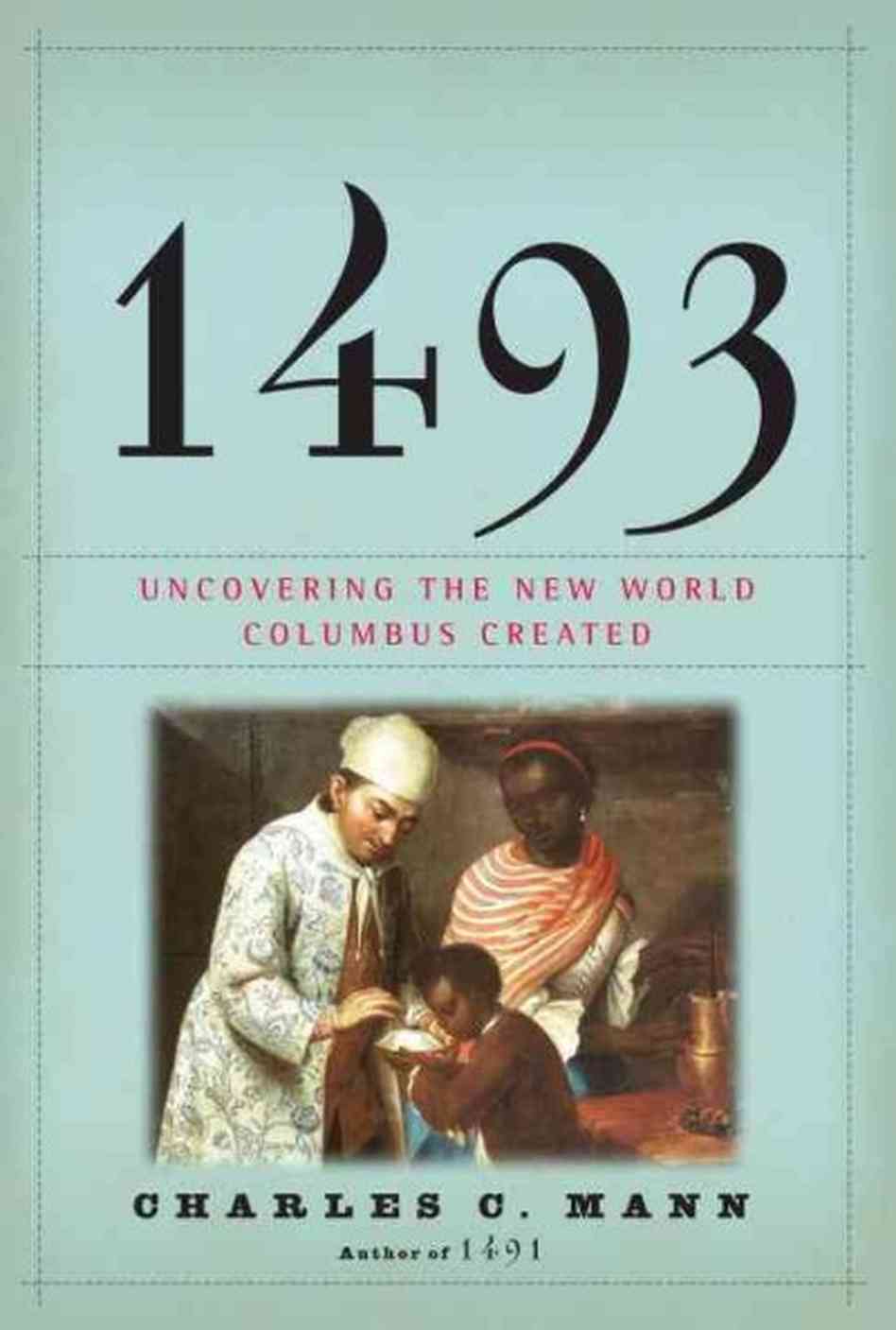We're toad-kissing again in Chicago. There is so much live theater produced in Chicago, it’s like diving into a chocolate sundae. But, though worthy, not all of these plays are princes, and DBH and I will spend lots of time kissing toads throughout the summer. I’ll keep you apprised of our adventures.
First up, The Few at Steep Theater. These are the folks who produce edgy, small plays that make you think. Sort of like Steppenwolf Theater before they because such a money machine. Written by Samuel D. Hunter, directed by Brad Akin, starring Peter Moore, Dana Black (looking and acting like former Steppenwolf star, Laurie Metcalf, just a bit more zaftig) and Travis Coe.
Synopsis from the website: “Four years ago, Bryan walked away from his life, his lover, and his labor of love: a newspaper for long haul truck drivers. Now he’s back, without any answers and looking to finish what he couldn’t on the road. In the middle of nowhere, at the edge of the millennium, The Few pulls together the pieces of lives filled with loss.”
A newspaper for long haul truck drivers…really? Yup, Bryan was a driver who saw and experienced the loneliness of the long-distance trucker and wrote about it. Without him for four years, the paper has become pages of “seeking” ads, placed by truckers and for truckers. These play from the phone answering machine at poignant moments throughout the play. There are lots of small sub-plots artfully woven into the 90 minutes. Overall a well-crafted, well-performed production. Hunter won a MacArthur Fellows Genius Grant in 2014. Good investment of their money – ours too. Score: Prince
Today, we grabbed last minute tickets to see The Secretaries produced by About Face Theater, a LGBTQA group. Description from their website, “The Secretaries chronicles the initiation of Patty Johnson as she lands the job of her dreams at the Cooney Lumber Mill in Big Bone, Oregon. But those dreams turn into bloody nightmares when she discovers that her coworkers are chainsaw-wielding lumberjack killers! Amidst the campy carnage, this feminist satire skewers female stereotypes of the 80s and 90s while hilariously subverting sexist ideas of femininity. And while it was written more than two decades ago, The Secretaries remains startlingly fresh with regard to how little has changed in the last 20 years.”
The Secretaries reminded me a bit of Vampire Lesbians of Sodom which Ed and I saw in a dicey area of New York City about 1985. Today, we went to the Sunday matinee – you need to be slightly more than high to really enjoy The Secretaries. But it did have its moments, including the tyrannical office manager, Kelli Simpkins, who is a ringer for Tilda Swinton, the ingénue, played by Erin Barlow, one of our favorites at The Hippocrates Theater ensemble. Best of all, it brought back floods of memories of my first job in the Trust Department of Lake Shore Bank, 601 N Michigan Avenue. Where are they now: The office manager, Evelyn Nerdowitz, the vault teller, Bonita Dufik, the secretary to the EVP of the Trust Department, Susan Schultz, the bookkeeper, Josie Mancuso? These women formed me in ways no college ever did. But, score for the play: Toad.
















































